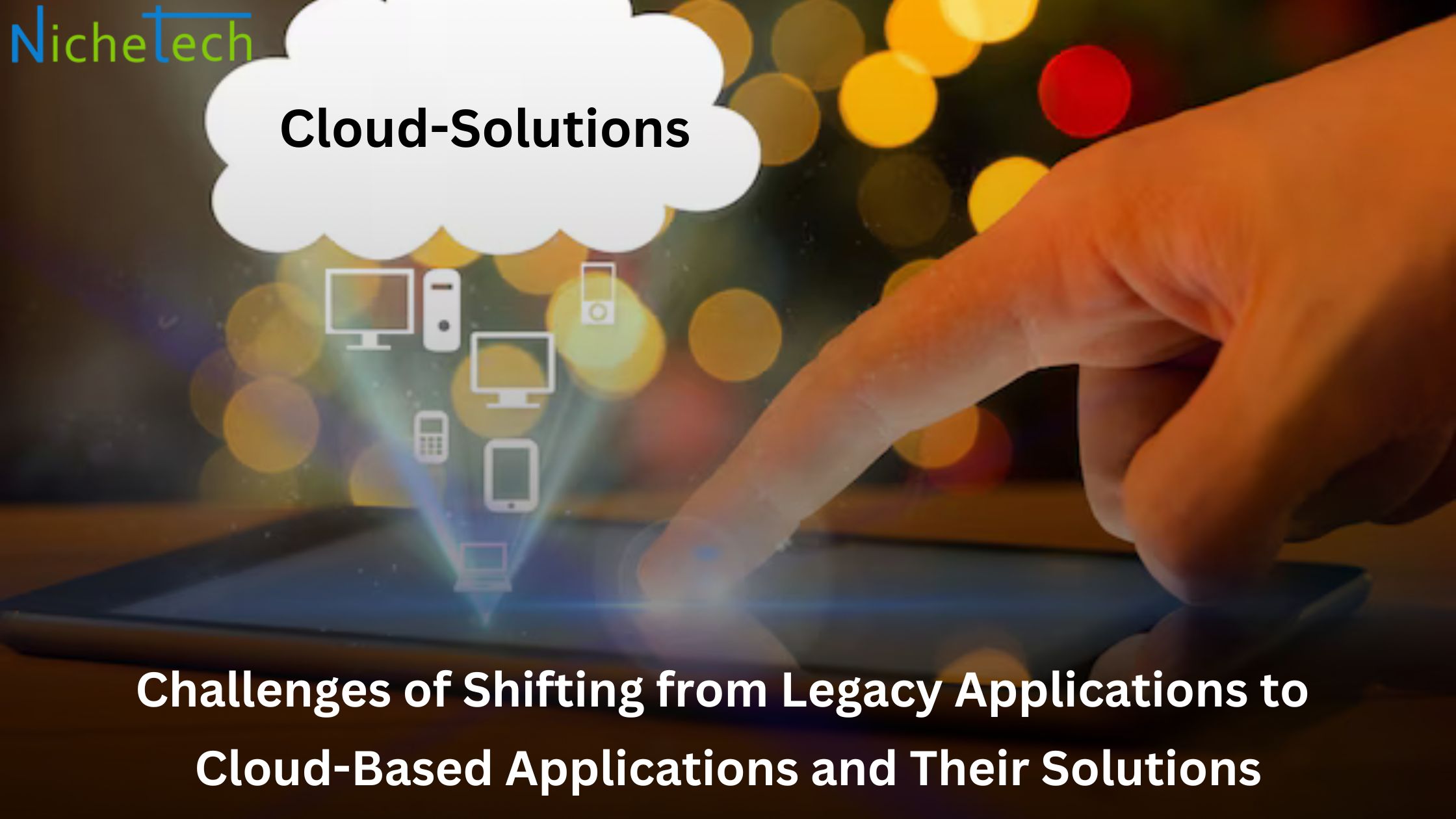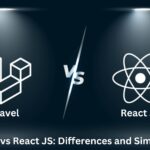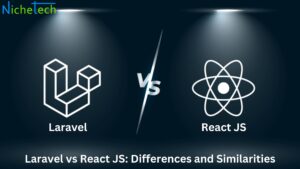In the rapidly evolving digital landscape, many organizations are making the strategic decision to migrate from legacy applications to cloud-based solutions. While the benefits of cloud computing—such as scalability, flexibility, and cost efficiency—are substantial, the transition can be fraught with challenges. Understanding these challenges and their solutions is crucial for a smooth and successful migration. In this blog, we will explore common obstacles faced during this shift and provide actionable solutions to address them.
1. Legacy System Compatibility
Challenge:
Legacy applications are often built on outdated technologies and architectures that may not be compatible with modern cloud environments. This incompatibility can create significant hurdles during migration, including issues with data integration, system functionality, and performance.
Solution:
Assessment and Planning: Start by conducting a comprehensive assessment of the existing legacy systems. Identify which components are critical and assess their compatibility with cloud technologies.
Modular Migration: Break down the legacy application into smaller, manageable components. Migrate these components incrementally, ensuring each part works effectively in the cloud environment before moving on to the next.
Middleware and Adapters: Utilize middleware or adapters to bridge the gap between legacy systems and the cloud. This can facilitate smoother data transfer and integration during the migration process.
2. Data Migration and Integration
Challenge:
Migrating data from legacy systems to cloud-based platforms can be complex and risky. Data may be stored in incompatible formats or databases, leading to potential data loss, corruption, or inconsistencies.
Solution:
Data Mapping and Cleansing: Before migration, map out the data structure of the legacy system and clean the data to remove any inconsistencies or redundancies. This will help ensure that the data transferred to the cloud is accurate and useful.
Data Migration Tools: Employ specialized data migration tools and services that offer features like automated data transfer, validation, and error handling. These tools can help streamline the migration process and reduce the risk of data issues.
Testing and Validation: Conduct thorough testing and validation of the migrated data to ensure it is correctly transferred and integrated into the cloud system. Perform multiple iterations of data migration testing to catch and address any issues.
3. Security and Compliance Concerns
Challenge:
Transitioning to the cloud raises security and compliance concerns, especially for organizations dealing with sensitive data. Legacy systems may have established security protocols that need to be adapted or replaced in the cloud environment.
Solution:
Security Assessment: Perform a detailed security assessment to identify potential vulnerabilities and compliance gaps. Develop a comprehensive security strategy that addresses data protection, access controls, and threat management in the cloud.
Compliance Frameworks: Ensure that the cloud provider complies with relevant industry regulations and standards (e.g., GDPR, HIPAA). Leverage cloud security features and services offered by the provider to maintain compliance.
Encryption and Access Controls: Implement strong encryption practices for data both in transit and at rest. Set up robust access controls and authentication mechanisms to safeguard sensitive information.
4. Change Management and Training
Challenge:
Shifting to cloud-based applications often involves changes in workflows, processes, and user interfaces. Employees accustomed to legacy systems may struggle to adapt to new tools and technologies, impacting productivity and morale.
Solution:
Change Management Plan: Develop a detailed change management plan that includes clear communication about the migration process, its benefits, and how it will impact the organization. Engage stakeholders and provide regular updates throughout the transition.
Training and Support: Offer comprehensive training programs and resources to help employees become familiar with the new cloud-based applications. Provide ongoing support and create a helpdesk or user assistance system to address any issues or questions.
User Involvement: Involve end-users early in the migration process to gather feedback and address concerns. User involvement can help identify potential challenges and ensure that the new system meets their needs.
5. Performance and Scalability
Challenge:
Ensuring that the cloud-based application performs well and scales effectively can be a challenge, particularly if the legacy system had specific performance optimizations or constraints.
Solution:
Performance Testing: Conduct rigorous performance testing of the cloud-based application to ensure it meets performance benchmarks and handles expected workloads. Use performance monitoring tools to track and analyze system performance in real-time.
Scalability Planning: Design the cloud architecture with scalability in mind. Utilize cloud features like auto-scaling and load balancing to ensure that the application can handle increased traffic and workloads efficiently.
Optimization: Continuously monitor and optimize the cloud-based application to enhance performance. This may involve tuning database queries, optimizing code, and leveraging cloud services that offer performance improvements.
6. Cost Management
Challenge:
Managing costs during and after the migration to cloud-based applications can be challenging. Without careful planning, cloud costs can escalate beyond expectations due to factors such as data transfer, storage, and compute resources.
Solution:
Cost Estimation and Budgeting: Use cloud cost estimation tools and calculators to forecast potential costs and create a budget for the migration process. Consider both initial migration expenses and ongoing operational costs.
Cost Optimization Strategies: Implement cost optimization strategies such as right-sizing cloud resources, using reserved instances, and leveraging spot instances for non-critical workloads. Regularly review and adjust your cloud usage to avoid unnecessary expenses.
Monitoring and Alerts: Set up cost monitoring and alerting mechanisms to track spending and receive notifications of any unexpected cost increases. Use cloud provider tools and third-party solutions to gain insights into cost trends and optimize spending.
7. Vendor Lock-In
Challenge:
Migrating to a cloud provider can sometimes result in vendor lock-in, where it becomes difficult to switch providers or integrate with other systems due to proprietary technologies or services.
Solution:
Evaluate Providers: Carefully evaluate potential cloud providers based on their services, flexibility, and compatibility with your existing systems. Choose a provider that offers open standards and interoperability to minimize the risk of lock-in.
Multi-Cloud Strategy: Consider adopting a multi-cloud strategy, where you use services from multiple cloud providers. This approach can reduce reliance on a single vendor and provide greater flexibility.
Portability Planning: Design your applications and data with portability in mind. Use containerization technologies like Docker and Kubernetes to enhance portability and ease of migration between cloud environments.
Migrating from legacy applications to cloud-based solutions is a complex process that involves navigating various challenges. By addressing issues such as legacy system compatibility, data migration, security, change management, performance, cost management, and vendor lock-in, organizations can achieve a successful transition and reap the benefits of cloud computing.
With careful planning, strategic implementation, and ongoing support, businesses can overcome these challenges and leverage the cloud’s scalability, flexibility, and innovation to drive growth and enhance their operations. Whether you’re starting a new migration project or are in the midst of one, understanding and addressing these challenges will pave the way for a smoother and more effective transition to the cloud







